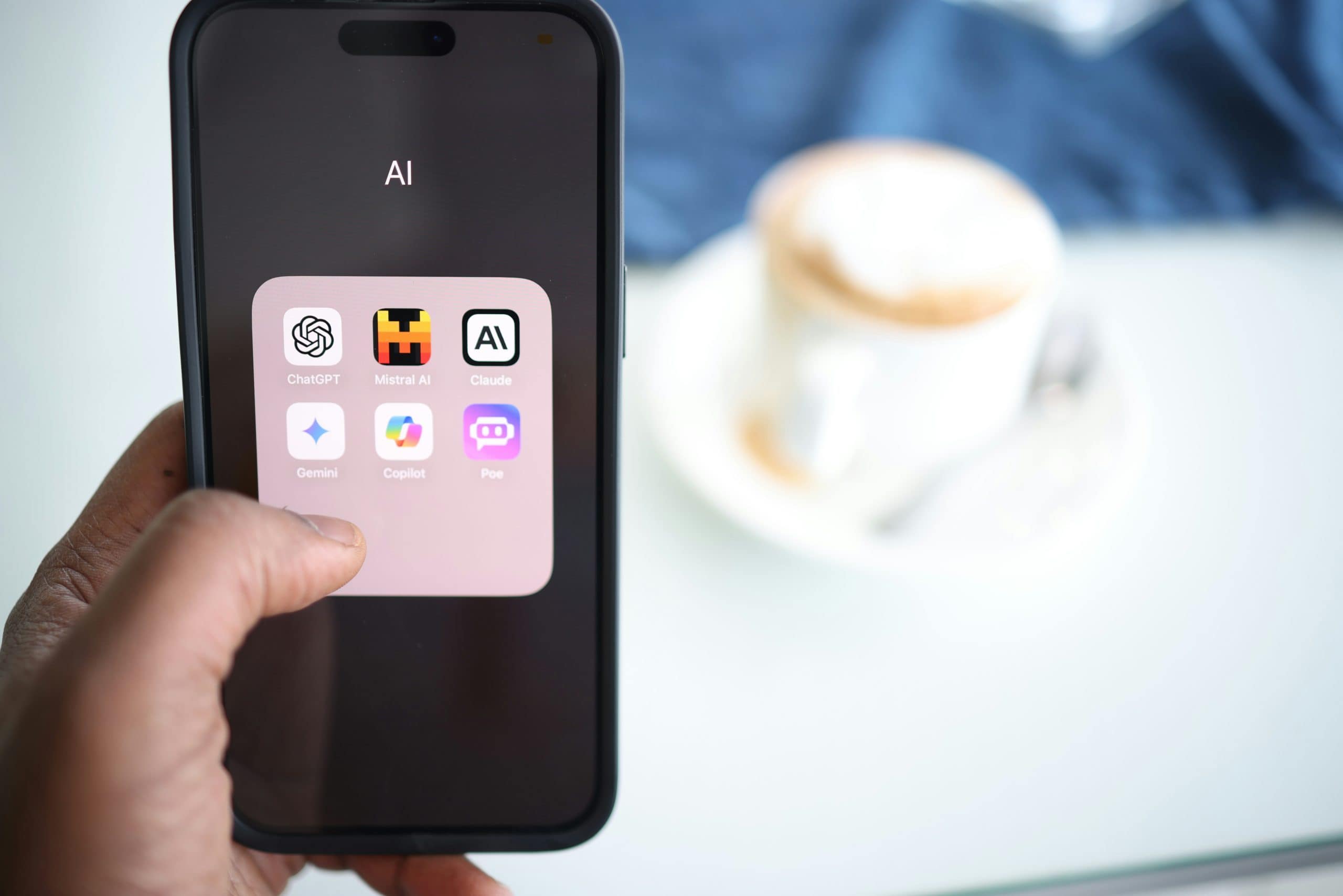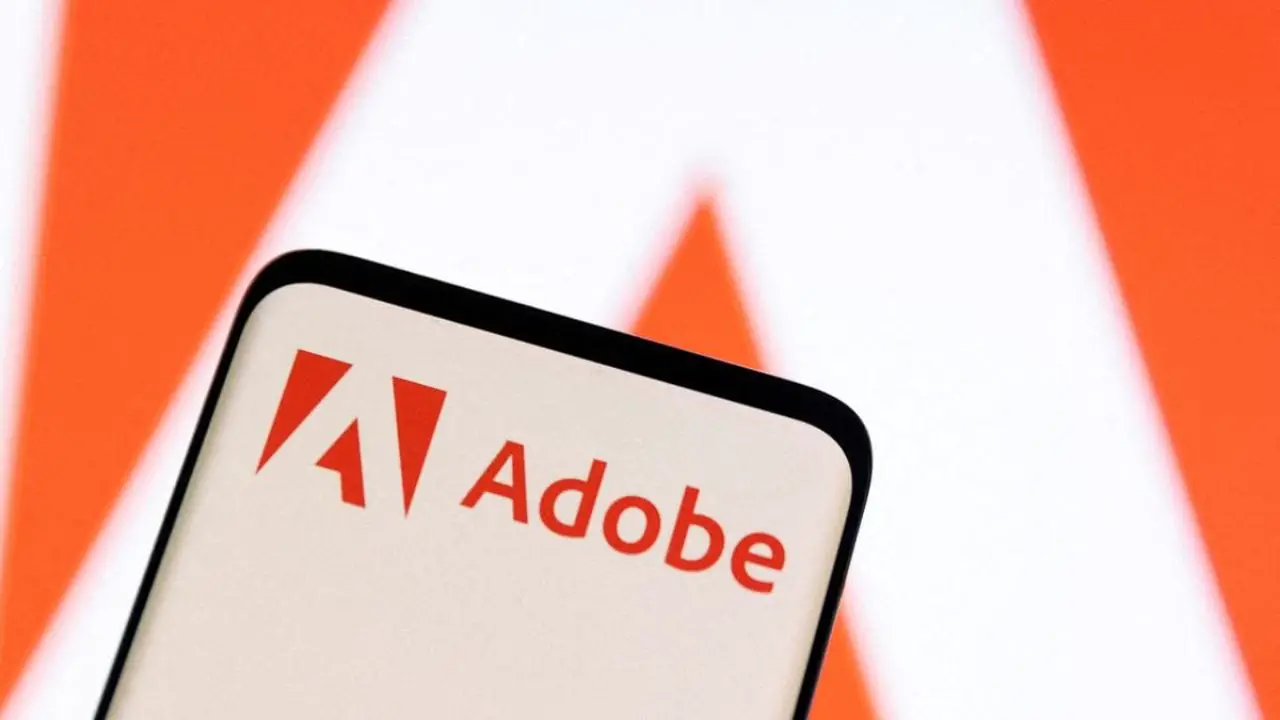
Note: This is a guest post written by Marlene Stephenson
The logo is one of the most essential parts of any brand identity. Whether we start to design a logo or hire a graphic designer, these seven characteristics will help you better evaluate if the work done is on the right track.
Before starting to explain everything in detail, we would like to clarify that these principles do not govern an exact science. The best logo does not have to be the one that rigidly follows these principles, but the one that is conceived taking into account the conditions of each situation and each company.
How to design a good logo
1. Simplicity
A good logo should be simple and not contain superficial decorative elements. It is a graphic “identifier” of an abstract concept such as a brand. Is is not an image or illustration that should describe every aspect of your business.
All superficial decorative elements that hinder the communication of a message, diverting attention from what is essential, must be eliminated. When designing a logo, simplicity is the greatest sophistication. Simple logos tend to be easier to remember, something we’ll cite as an equally important feature as the following ones.
2. Originality
It must be original, easily remembered and identifiable. By this, we mean that you should try to be different and unique compared to the rest of the companies in your sector. For example, if you have a kitchen catering, and your logo includes a spoon, your logo will not be too innovative.
3. Reprehensibility
A good logo must capture the essence of the brand and reinforce its message. It must synthesize as much as possible the essence and personality of a brand. It must be true to the personality and identity that the brand represents. That is why we must put particular emphasis when designing a good logo and avoid taking paths or graphic resources that have nothing to do with the brand to represent.
4. Scalability
A good logo must be reproducible at any size and adaptable to various formats. This feature is closely related to the simplicity of the logo. When we say that a logo must be scalable, it must be reproducible at various sizes without losing legibility: from a small embroidery to a sign at the entrance of any building. When making the smallest scaling, it should be readable and look good with its recognizable shapes.
A logo overloaded with thousands of ornaments will be very difficult to achieve this characteristic. If your logo has a typeface, it is important to pay attention to this detail and carry out the tests to guarantee correct scalability. Custom calligraphy is not a problem for this feature, but it is important that attention is paid to the thickness of the stroke and that the letters or characters are not too close together.
A good logo design that comes to mind when we talk about scalability would be Apple’s apple. It seems that the famous apple bite was chosen for a scalability issue. With the bite, it was guaranteed that it was associated more with an apple even though it had a small proportion and it was avoided to confuse it with a cherry or other small fruit.
5. Pregnancies
Pregnancy is the ability of a visual form to capture attention and be remembered by people. A good logo must be memorable, and it must leave a mark in the memory of whoever sees it. Once again, this feature is closely related to the first one: simplicity. A very ornate logo contains too many elements to retain in memory.
6. Durability
With durability, we refer to the ability to be durable over time, despite the fashions or the changes of the decade. Having to redesign a logo can be very confusing for your audience. We know that if a company opts for a bad logo, it is very likely that sooner or later, they will have to redesign it sooner or later.
A logo must not be based on fashion. Its design must respond to justified reasons. Sometimes it is difficult to put your subjectivity aside and try to have a critical eye. Maybe the variant that works best is not the one you like the most, but it is essential always to make thoughtful decisions and find a balance between practicality and taste.
7. Relevance
Your logo design must be attractive to your target audience. That is why you must know well who the company is targeting and have the audience profile correctly defined. The appearance and finish of the logo design must always be fine and professional to reflect the solidity and solvency of the company.
To sum up
In conclusion, designing a logo must be simple, original, representative, scalable, memorable, durable, and relevant. Here are Some references to inspire you when designing a logo. It is not about copying anyone’s work, but reviewing the work of other graphic designers can help us learn new points of view to tackle common problems.






